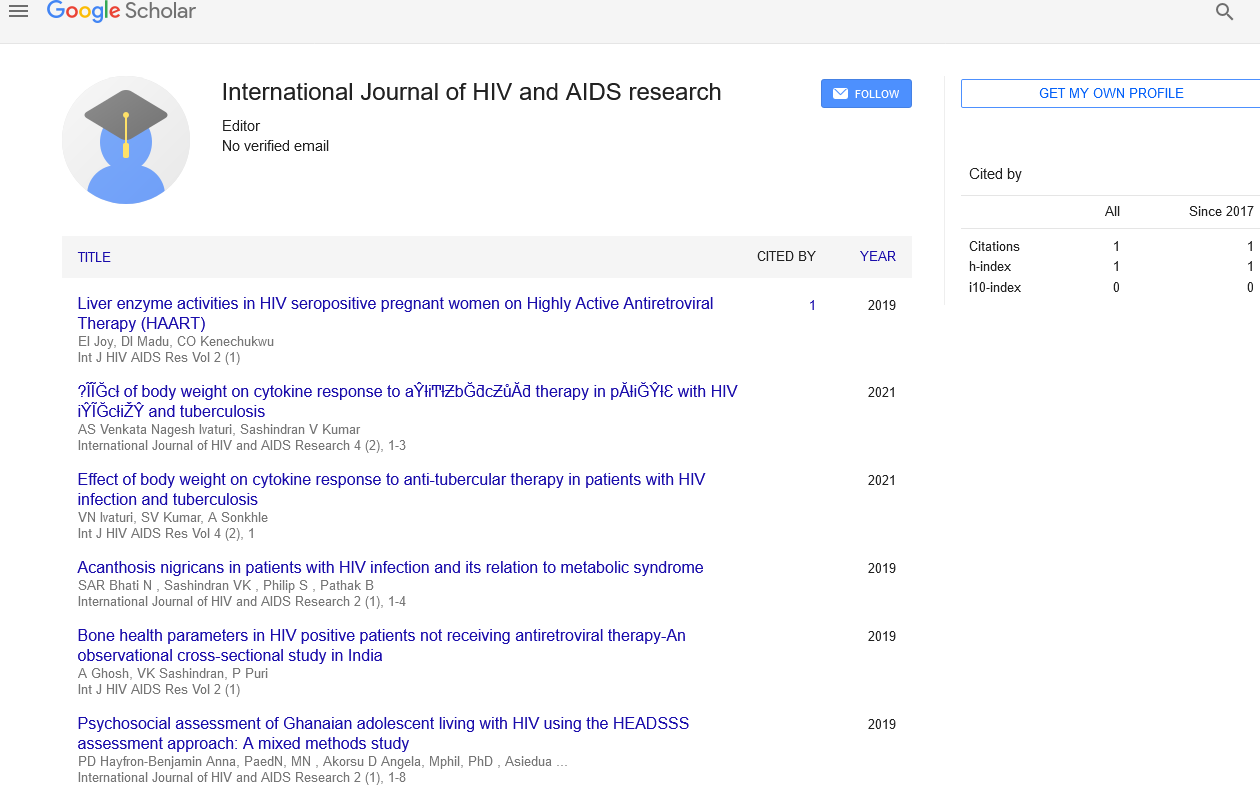Developing predictive based models to monitor the microbiological quality of beef meat processed for fast food restaurants
Received: 20-Dec-2022, Manuscript No. PULAFSJ-22-5954; Editor assigned: 22-Dec-2022, Pre QC No. PULAFSJ-22-5954 (PQ); Reviewed: 05-Jan-2023 QC No. PULAFSJ-22-5954; Revised: 20-Mar-2023, Manuscript No. PULAFSJ-22-5954 (R); Published: 27-Mar-2023
Citation: Sengupta J. Developing predictive based models to monitor the microbiological quality of beef meat processed for fast food restaurants. Appl Food Sci J 2023;7(1):1.
This open-access article is distributed under the terms of the Creative Commons Attribution Non-Commercial License (CC BY-NC) (http://creativecommons.org/licenses/by-nc/4.0/), which permits reuse, distribution and reproduction of the article, provided that the original work is properly cited and the reuse is restricted to noncommercial purposes. For commercial reuse, contact reprints@pulsus.com
Abstract
In just Europe each year, 2.3 million foodborne diseases are brought on by eating raw or undercooked meat. The majority of this ailment is linked to beef, which is a common ingredient in many traditional recipes around the world. Low (pathogenic) bacterial contamination during primary production and insufficient hygiene practices throughout the farm to fork chain are the causes of the low microbiological quality of beef. Therefore, this study uses an Artificial Neural Network (ANN) system to analyse the microbiological quality pathway of minced beef produced for fast food restaurants over a three year period. As one of the goods that spoils quickly and has a short shelf life, this simultaneous approach gave sufficient precision for the prediction of a microbiological profile of minced beef meat. For the first time, an ANN model was created to forecast the microbiological profile of beef mince in fast food restaurants based on the temperatures at which the meat is stored, the butcher's identity, and the time of day. Standardized microbiological tests that are advised for freshly processed meat were among the predicted problems. The developed prediction models, which had an overall r2 of 0.867 during the training cycle, can be used as a data source and as a tool to help the scientific community and regulatory agencies in charge of food safety identify particular monitoring and research needs.
Keywords
Beef minced meat; Microbiological analysis; ISO standards; Prediction models; Meat microbiology
Introduction
A significant problem in the food sector is the presence of bacteria in food. This issue is worldwide in scope because it constantly endangers people's health. For instance, foodborne infections connected to animals that produce food impact millions of humans each year and result in about 5000 fatalities. In order to address this issue, measures that would reduce the occurrence and persistence of microbial contamination in food and food processing systems must be continually developed. Numerous microbes can withstand the impacts of chemicals permitted for use in food as well as the physicochemical procedures now employed in the business, which highlights the issue. The right implementation of legislative requirements, such as ongoing training for those involved in food manipulation, is also necessary for ensuring food safety. Although fundamental food hygiene guidelines should apply to every step of the food manufacturing process, they frequently do not. Meat has a short shelf life and is readily ruined. Particular of the most well-known recipes in the world are meat based, and in some regions of Europe, traditional foods require minced meat. Like all other raw meat products, ground or minced beef is a water based substrate that contains 99% water. It also has an acceptable pH level and nutritional makeup, both of which can promote the growth and infection of microorganisms. Meat quality can be impacted by a variety of variables, including storage temperature, moisture content, oxygen availability, packing, microbial infection, etc. According to several study groups, temperature is the main determinant of the safety and quality of meat. More specifically, inconsistent meat temperature profiles and insufficient storage, manufacturing, and transit temperatures will lengthen the meat's shelf life. In conclusion, meat temperature and storage temperature are both closely related to the risk of contracting foodborne illnesses. In addition to the fact that muscle from healthy animals is sterile, processed meat's microbial profile can vary due to improper sanitation procedures used during slaughter and cutting.
Description
The majority of microbial contamination occurs on the surface of the meat, where it is exposed to environmental factors and has the potential to spread throughout the entire production process. The mincing and mixing stages of the meat processing process are the most conducive to microbial dissemination. For a quantitative microbiological risk assessment, the spread of microbial contamination during these stages is a crucial concern. As an illustration, major outbreaks of salmonellosis and Escherichia coli infection have been linked to consuming raw or undercooked minced meat in fast food restaurants. In the digestive system, pathogens including Salmonella spp. and E. coli may be present. This may jeopardise the meat's microbiological quality after the killing process E. coli is one of the faecal indicators and is a disease causing pathogen. An effort has been made to analyse the risk of this bacterium's effects on public health, particularly those of E. coli O157:H7 in ground beef. It has been hypothesised that pathogenic E. coli found in bovine faeces are transferred to meat during processing steps since chilled raw beef is a primary source of the bacteria. This bacteria is therefore acknowledged on a global scale as one of the primary hygiene standards in the meat industry. Staphylococcus aureus is another effect of meat processing in addition to E. coli.
Conclusion
One of the most consumable varieties of meat and a food product with a short shelf life due to propensities for microbial growth, minced beef meat, was predicted with sufficient accuracy by a parallel mathematical research of viable analysis and the creation of a mathematical model. According to the data, E. coli, Salmonella spp., and S. aureus emerged at random during the testing period, although all examined samples had a relatively large quantity of aerobic and mesophilic bacteria.





